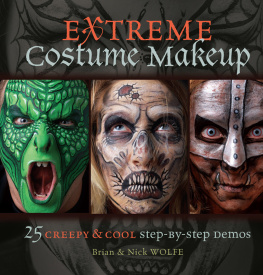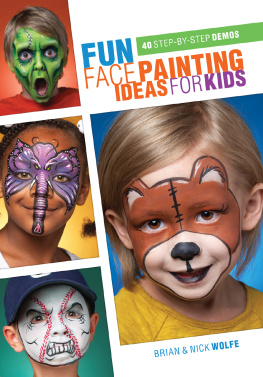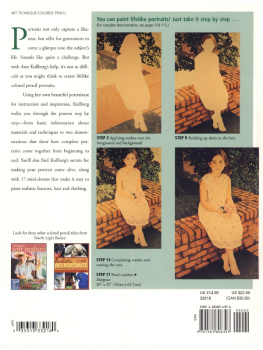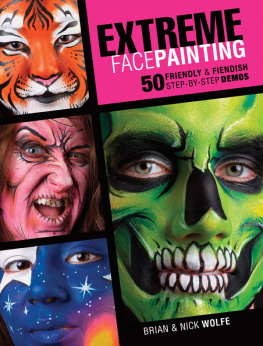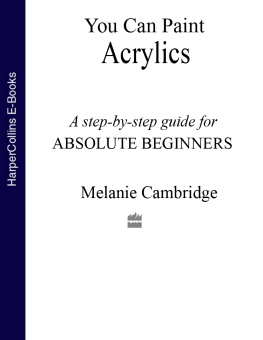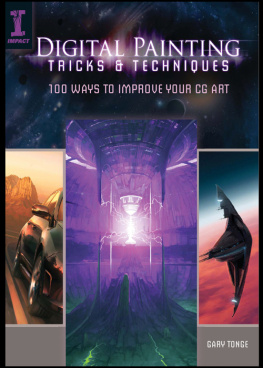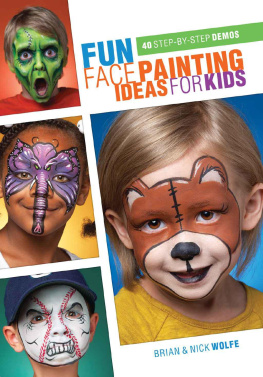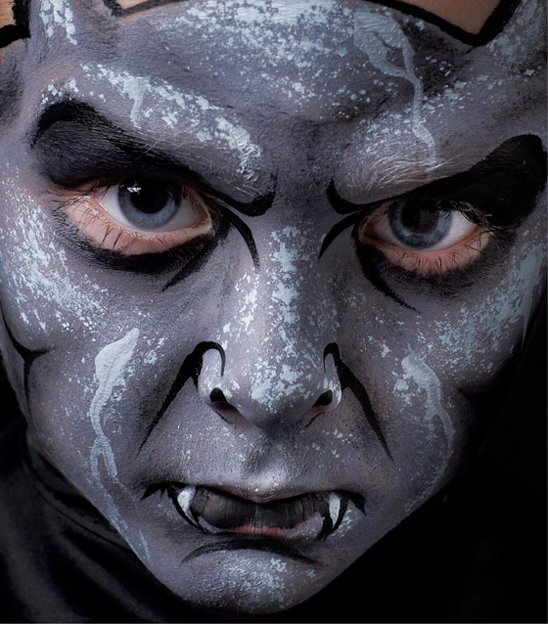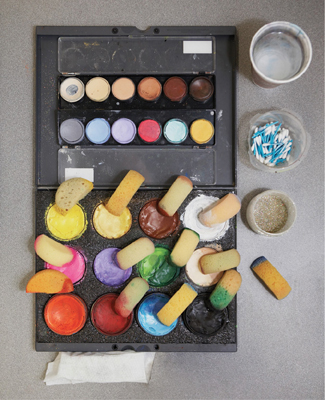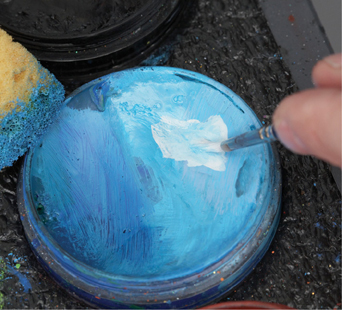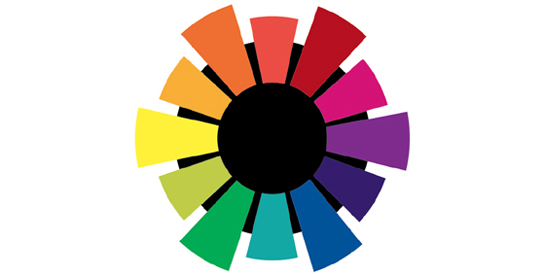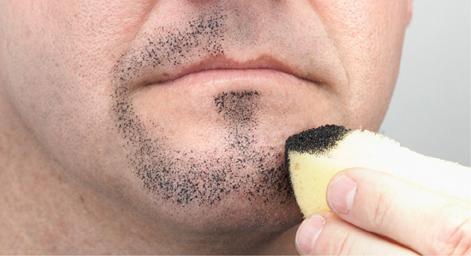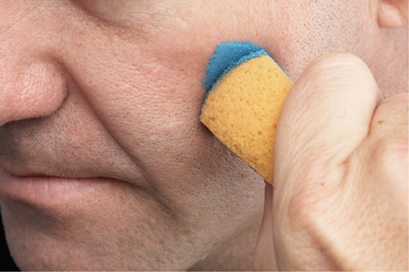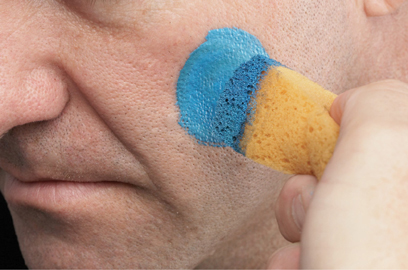Extreme Costume Makeup
25 creepy & cool step-by-step demos
Brian & Nick Wolfe
Cincinnati, Ohio
www.impact-books.com
Introduction
Sometimes Its Good to be Bad
Everyone has a dark sidesometimes lurking just beneath the surface, sometimes locked deep within. To express this side of ourselves creates wholeness, though many of us conceal it from others most of the time. Havent you ever wanted to wear yours proudlyto let it LOOSE?
Fiendish faces like the ones in this bookfrom gruesome and freakish to mysterious and otherworldlyare some of the most entertaining faces to paint.
Face painting is an art form that has no boundaries and is as original as the face that is painted. It is two-dimensional art put on a three-dimensional canvas that moves, roars or maniacally laughs. People who get painted act differently than they ever have before. They do more than wear the paint on their faces and the costumes on their bodies. They become that witch or that zombie. They are transformed.
So, lose the mask, grab some face paints, and unleash your inner baddie! Even if only until the paint fades.
Materials
You dont need a ton of stuff to get started painting faces. Brushes and paints are the essentials.
Paint Allergies
Rarely is anyone allergic to face paint. Allergies will usually result in discomfort within a minute or so of application. If this happens, wash off the paint with soap and warm water and discontinue use. We have painted hundreds of thousands of faces from all over the world and have never witnessed a reaction, but it could happen.
Paints
Use water-based theatrical makeup that is hypoallergenic and nontoxic. Acrylic paint is not made for face painting and should be avoided. Every brand of face paint works. Some have more pigment and brighter colors, while some are easier to wash off. Decide which characteristic is more important to you and go with that.
Brushes
We use small synthetic rounds. Make sure they have stiff bristles with sharp points that can yield a fine line. Stick with a no. 3 round for ideal control. The bigger the brush, the less control youll have, which means the lighter your touch will need to be. A no. 3 round allows you to make a really thin line, and, by applying more pressure, you can produce a wide line as well. If you find your linework is a bit heavy-handed, try a no. 1 round. Use a no. 6 round for very wide lines. All these brushes can be found in any art or craft store.
Other Materials
Cotton swabs cut in half are useful as disposable applicators, erasers (when used with a little water) or disposable brushes. Youll also need sponges. We recommend firm sponges with rounded edges and large pores. The sponges used for this book are pottery sponges cut in half. Hand sanitizer, baby wipes and loose polyester glitter are also great items for your kit.
Face Painting Kit Setup
All face painting kits are unique, but this is our typical setup. One color per sponge is recommended. Use one end for the paint and keep one end dry for blending.
Split Paint Cakes
Split cakes have both the dark and light shades of a color. Some have one half UV-reactive (black light) paint. The idea is to have more color choices in a smaller kit and to be able to mix colors to achieve maximum coverage and the brightest color. Colors can be mixed right on top of the cake as well. Wipe the cake clean with a baby wipe to get it back to the original condition.
Using Sponges
Wet only the very tip of the sponge. The amount of water determines how much paint there will be to work with. If you wipe a sponge across the cake a few times, the makeup will be thin, watery and transparent. Rub the sponge many times and the makeup becomes thick and opaque.
Color Wheel
Make yourself a simple color wheel to help you choose colors. Colors on the same side of the color wheel blend easilyfor instance, yellow, orange and red. Yellow is often used to highlight because it is brighter. To paint a green ball, for example, use blue for shade and yellow to highlight.
Another way to change the value of the base color is to add black (for shade) or white (for highlight). You can also create highlights by adding white to an adjacent color on the wheel. For example, to highlight purple, use light blue or light red.
Sponge Techniques
The sponge is used to cover the face quickly with thin amounts of paint. Twisting the sponge in different directions can really add detail. Always test a sponge first to see how wet the paint is thats on it. It may have plenty of paint and water from the last face you painted. The sponge is a very versatile tool, so dont be afraid to use it a lot. Practice and pay attention to what you do and what the results are.
STIPPLING
This is one of the most useful sponge techniques. Stippling is great for blending color, suggesting texture, indicating highlights and suggesting facial hair. To get the most realistic result, hold your half sponge upside down so the rounded part touches the skin. Using the edge of the sponge would result in linessomething you want to avoid when stippling.
Stippling to Suggest Facial Hair
Lightly tap the sponge in an even pattern.
CIRCULAR STROKES
Circular strokes can be used for cheek art and sectioning off parts of the face. A rounded sponge is perfect for this. The sponging doesnt have to be perfect; just try to make it as close as possible. The edges can be corrected with a brush later.

